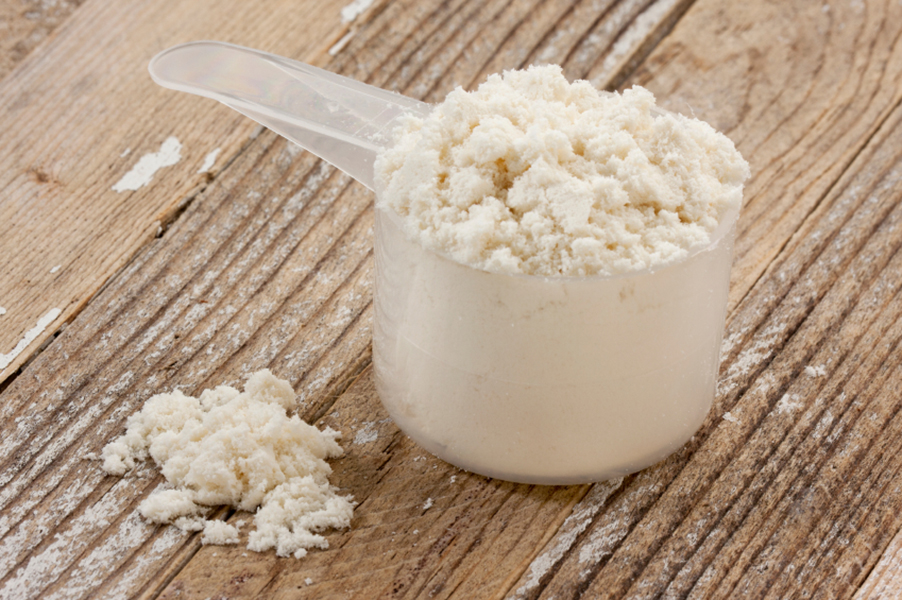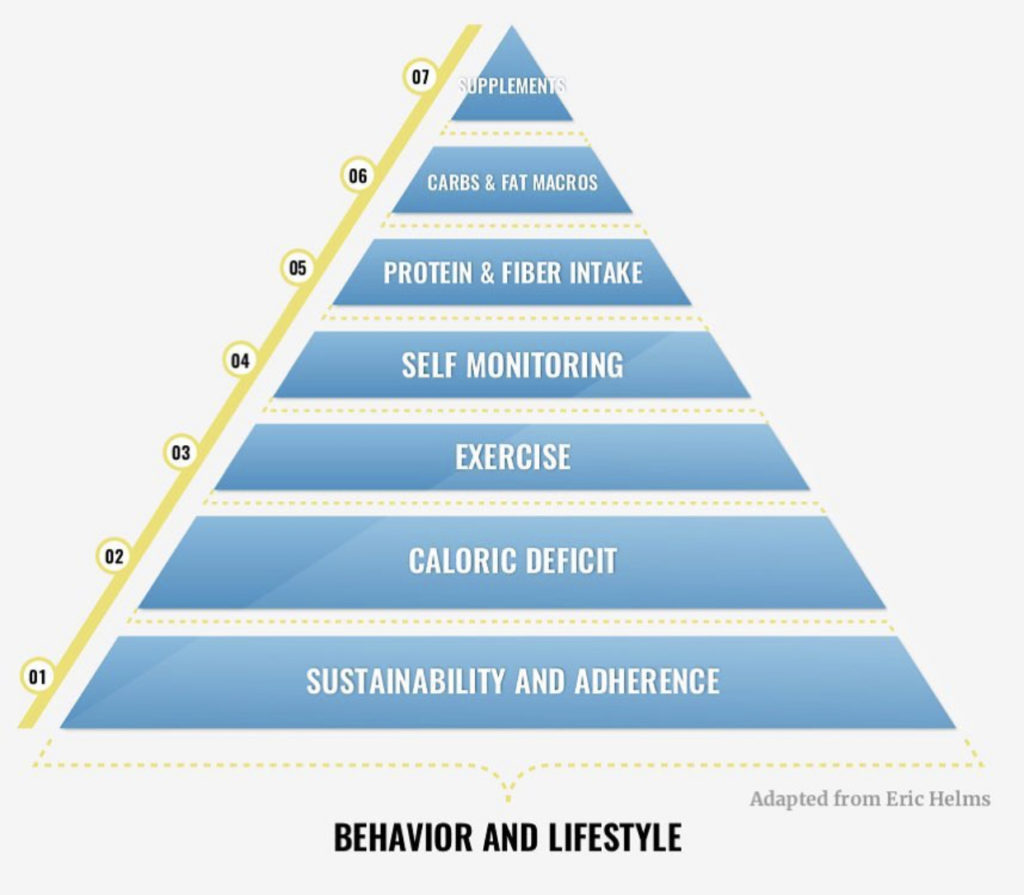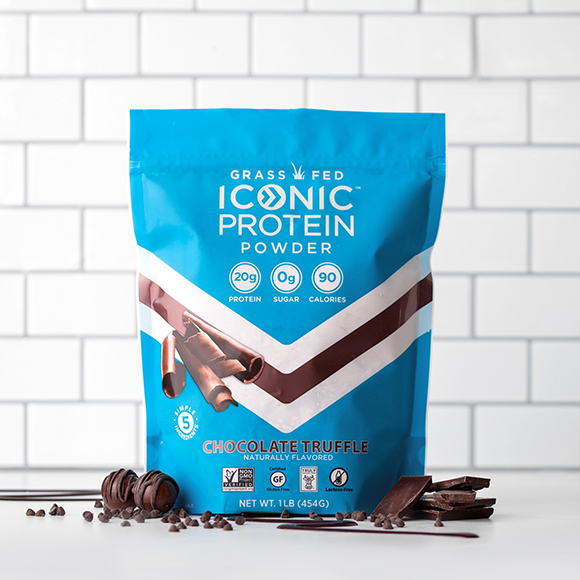Your Guide to Protein Supplementation

The supplement industry is a multi-billion dollar, unregulated, ever-evolving industry.
Let me repeat that.
It is a multi-billion dollar, unregulated industry that is continuously changing and evolving to provide consumers with products and formulas to advance their training.
I’ll repeat it. It is unregulated. It makes billions of dollars every year.
For the most part, I would say it cannot be trusted.
You can’t open Instagram without an influencer touting their “stack,” and you can’t read a single label without experiencing confusion.
- Can I make gains or reach my goals without supplementing?
- How do I consume them?
- When do I consume them?
- Which one should I take?
- HOW MUCH DO I TAKE?
- WHY ARE THEY SO FAHKING EXPENSIVE?
Here’s a cold, hard truth. Supplementation, generally speaking, is UNNECESSARY. LOL.
Like, think about it – if they worked, why wouldn’t EVERYONE be taking them? And why don’t those who do take them have their dream bodies?! If it were as easy as a scoop in a shaker and getting to the gym, you can bet your ass everyone would be running around a perfect 10. The industry preys (and profits) on uneducated consumers, and that is NOT right.
You can reach your goals and make your gains without supplementation. So if you’re financially or energetically stressed, rest easy. Contrary to what their marketing will have you believe, they are NOT going to make or break your success. This visual adapted from Eric Helms and Layne Norton displays the hierarchy of priorities when achieving fat loss.
If you are majoring in the minors, you’ll never win the game. So make sure your energy is focused on where it counts.

The Exception?
That being said, there are two supplements that most fitness and nutrition professionals can agree are worthwhile – protein and creatine. Let’s leave creatine for another day because this post is about to get lengthy, real quick.
Protein is the building blocks of our muscles, and it can be HARD to consume from whole foods alone, especially if you’re not carnivorous. A high-quality protein supplement can help you:
- Reach your protein intake goal
- Recover from your workouts faster
- Increase satisfaction with meals, leaving you feeling fuller for longer
- Maintain a caloric deficit because you’re more satisfied after meals
Operative words… “high-quality.”
If you’re scratching your head, you’re not alone. Read on for an in-depth look at the most common types of protein powders, what to look for when you’re choosing yours, and how to consume it.
Your Guide to Protein Supplementation
The very definition of the word supplement is:
“Something that completes or enhances something else when added to it.”
Meaning, your protein powder should accompany a diet primarily made up of whole, clean food sources. If you need a primer on what constitutes a high-quality protein source, take a beat and check out THIS post.
When tracking macros, it’s a really common struggle to make your protein goal. If you’re monitoring for the first time, and you’re not eating a HIGH-QUALITY source of protein (i.e., NOT NUT BUTTER FFS) with every meal, you’ll be hard-pressed to make your intake goals, therefore supplementing may feel like a necessity.
Quick note – daily industry standards recommend 1g (.8-1.2g, to be exact) of protein per pound of bodyweight for weight loss and muscle growth. Note – if you have a SIGNIFICANT amount of weight to lose, like 50+ lbs, use your goal weight vs. current weight.
Even if you’re not tracking protein intake, including one protein source per meal is a good strategy for overall health and wellbeing.
If you can’t get it from food, protein powder is convenient and practical.
What Drives the Cost?
You can spend a little or a lot on your supplements, and usually, the label is what drives the cost. But what’s behind the label? TBH – NOT MUCH. There isn’t a foundation for claims regarding the technicality of the product, so if you’re reading labels like ADVANCED, TECHNICAL, or SUPERIOR, that’s pure marketing.
Here’s what most labels will callout, and what they usually mean.
- Protein concentration: In the majority of supps, a serving size is around 20-25 g of protein per serving. Most protein content (per serving) will vary by approximately 2-4 g. The difference is marginal, so the products that tout “high concentration” don’t merit a higher price point
- Purity: Fewer traces of lactose, fat, and minerals. If you have no dietary intolerances, this is irrelevant to you. BUT if you have some form of milk or dairy intolerance, the higher price is justified and worth it
- Speed of absorption: Higher absorption is perceived as an added value, but there isn’t evidence that concludes, the faster a protein is, the greater the muscle growth. Also, know there are A LOT of factors that determine the rate and efficacy of absorption, most of which don’t necessarily need to be on the radar of the general fitness population
Cost Drivers: The Key Takeaways
First, If you have a dairy sensitivity, or can only tolerate in small quantities, spring for purity. And second, don’t assume a powder is better because it’s more expensive. Finally, do not assume a powder is inferior because it’s cheap. Ultimately, the manufacturing process, degree of purity, and marketing spend will drive costs.
The Types of Protein Supplements
Know your shit. There are A LOT of options.
Whey
The most common form. Whey proteins have a high protein quality, yet often have a lower price point compared to more “advanced formulas” (which again, marketing). Whey has two common forms:
- Whey concentrate: A lower degree of purity with traces of lactose and fat, and calcium and sodium
- Whey isolate: by definition, the form with the highest degree of purity, insignificant amount of lactose and fat and fewer minerals
Casein
Claimed to be the “slow-absorption” protein, this supp used to be a popular nightcap for bodybuilders and fitness enthusiasts alike, to “feed” their muscles during full rest (sleep). Today, many studies and experts claim that daily fasting does not negatively affect muscle mass, and therefore pretty much negates the need to take a supplement before bed for fear your muscles will cannibalize themselves and your gains.
Some may find a slower absorption protein is easier on the stomach.
Complete Milk
Complete milk protein reflects the protein proportions of cow’s milk: 80% from casein and 20% from whey protein. Often said to be the optimal source as it would combine the best of both worlds from the above. Total milk protein is an alternative to whey or casein as high-quality protein powder.
Complete milk is my personal preference, with a high degree of purity, plus a slow-release source, it is easy to digest and doesn’t cause bloat.
Egg
Egg protein exists both as egg whites and whole egg. Since the whole egg also contains fat and cholesterol, it is less popular for obvious reasons. I haven’t seen many conversations or evidence to conclude that one is better than the other for muscle growth, although both are said to be the highest-quality value. It’s more expensive, but many people don’t enjoy the taste and don’t feel the sense of satiety from the above after consumption. Meaning you get the calories but do not feel full.
Soy and Pea
Soy protein has the highest quality among vegetable protein sources and is mainly in the isolated form, and the most populate for vegetarian and vegan populations.
Meat
Not to be consumed with a lean or whole source, this refers to meat protein powders, most commonly beef or chicken. Many of them are often composed of collagen derived from muscular tissues. While there is SOME validity to collagen protein is benefiting joint health, there isn’t the evidence to support the anabolic effect on muscle, given its very low protein quality.
As I said, there’s A LOT to choose from out there. What works for you will work for you.
How Much is a Standard Serving Size?
There’s conflicting information on the internet about how much protein is too much protein and how much protein the body can handle at any given time. If you’re here, more than likely, you’re struggling to get enough protein, so I don’t think you need to worry about consuming too much protein.
A meal containing more protein will take longer to digest than a meal containing less protein. And that digestion and absorption will happen over 24 hours. It’ll be processed by the body the same way whether it was consumed via three 20g meals or one 60g meal. IMO, the general fitness enthusiast, doesn’t need to worry so much about serving size PER meal, just their net consumption. Which again, industry standards recommend 1g (.8-1.2g, to be exact) of protein per pound of body weight for weight loss and muscle growth.
Most supplements have serving sizes of 20g of protein per scoop. Side note – that’s most likely WHY diet culture believes the body can’t handle more than 20g of protein at a time because the supplement industry DESIGNED IT THAT WAY.
When Should I Take It?
Once you’ve selected your protein supplement of choice, the next natural question is, “when do I take it?”
Answer: Whenever you want.
For MOST fitness enthusiasts under most circumstances, the need for nutrient timing is exaggerated. Why? As previously stated, what matters most is your total protein intake for the day. Your focus should be less on timing, and more on the foundation of the pyramid mentioned above:
- Sustainability
- Adherence
- Caloric Deficit
- Exercise (specifically, strength training)
If you’re looking for an additional study on nutritional timing and why it WON’T make or break your progress, check this out. Is there a case for timing? Yes. Absolutely. And if you’re looking to compete and perform at an ELITE level, you should strategize. If not…why add the extra stress?
Your Guide to Protein Supplementation: My Recommendation and Point of View
So how do you decide what’s right for you?
- TRY THEM OUT! A lot of supplement stores or product websites will offer or sell samples so you can test taste and see how you react before committing to a full canister. Some powders may cause gas, bloating, upset stomach, etc. If you experience any of those side effects, either try a different brand or the same variety or eliminate that type, knowing it doesn’t sit with you.
- Go for taste.
- Consider total calories and protein. I like 20g-ish of protein, and less than 150 calories, only because I want to eat my calories instead of sucking them down.
What do I use? I’ve been around the block, and have tried almost every variety listed above and a TON of brands. I can tolerate whey or complete milk protein. Pea, soy, egg white, or vegan powders make my stomach go ballistic. That’s just me!
After a LOT of trial and error, I’ve found my go-to product – Iconic. I LOVE this brand so much. After being a loyal customer for over a year, stalking them on Instagram, tagging them incessantly, DM-ing them every five seconds, and begging them to work with me, they finally gave in!!
When I’m seriously tracking, I rely on this product daily to make net protein goals DAILY. I’m working around the clock, wrangling a crazy toddler, managing a household, and while I prioritize whole food, I need a hand.

I toggle back and forth between the powder and pre-mixed options, but Chocolate Truffle is BY FAR my favorite any way I take it.
Why?
- Complete milk protein, which agrees with my stomach
- The taste is DELICIOUS
- 20g of protein and ONLY 90 calories
- The powder mixes well with water
- The taste is DELICIOUS
- The pre-mixed product doesn’t have to be refrigerated
- Five ingredients
- The price is right
- The taste is DELICIOUS
![]()
I love it, and guess what? You get the chance to try it for yourself!! Use THIS LINK and Code KateL15 for 15% off. Pop that code in the promo code box at checkout, and pat yourself on the fahkin back!!
In Conclusion: Your Guide to Protein Supplementation
If you’re still with me, wow. Thank you for hanging in there. Your protein supplementation will be a personal choice you make to compliment your overall lifestyle. Whatever you choose won’t be the ONLY thing making or breaking your success, but it can certainly contribute.
You know my preference. Shoot me a DM to tell me yours, and of course, reach out with any questions!
THE FINE PRINT
Guys, this post is SPONSORED! I am getting to collect my thoughts, write them down, create this content, and I’ll go through a detailed recap process to show the value of my partnership. Before any of that happens, I weigh my options CAREFULLY to evaluate if the product I’m serving you is WORTHY of your consumption. We’ve built this community together, it’s incredible, and nothing is worth the bottom line or a quick buck. I couldn’t WAIT for this partnership to finalize so I could share it with you. I’ve been whoring myself out courting this brand for MONTHS, and the fact they looked at me twice is blowing my mind. I’m beyond proud and honored to have this opportunity.
If you try it, tell me how much you LOVE IT!!! Because I know you will.







Responses